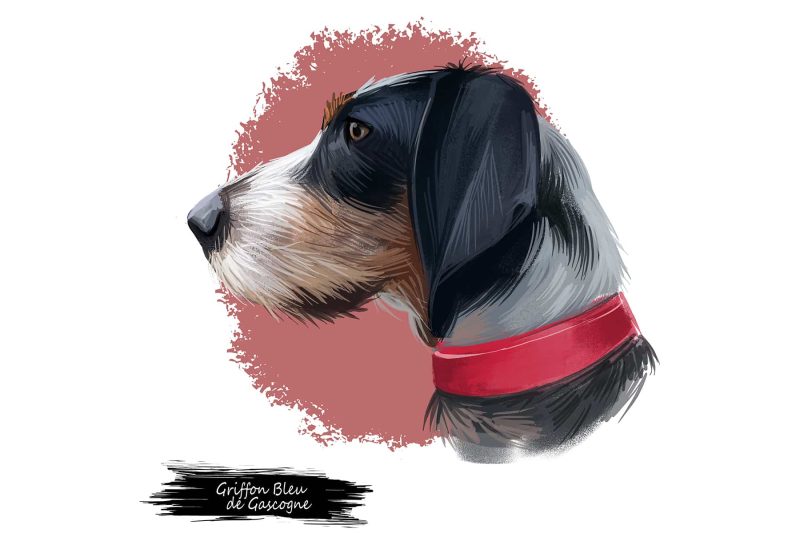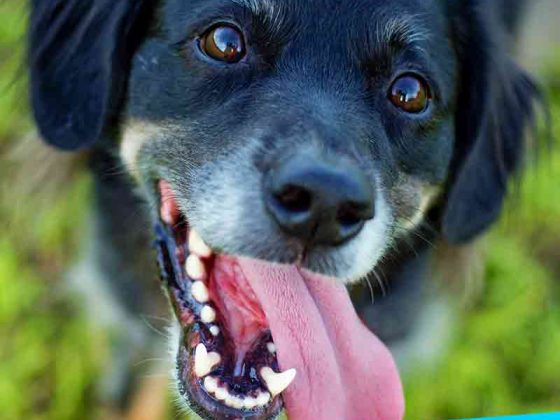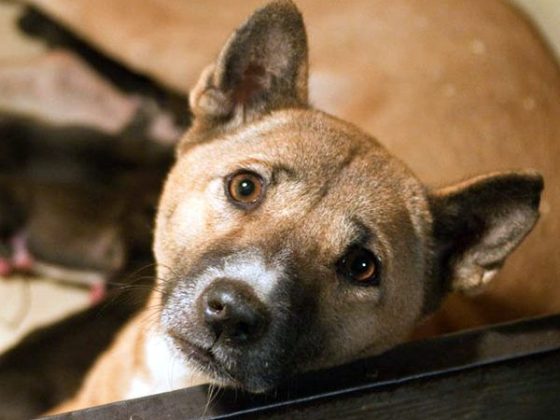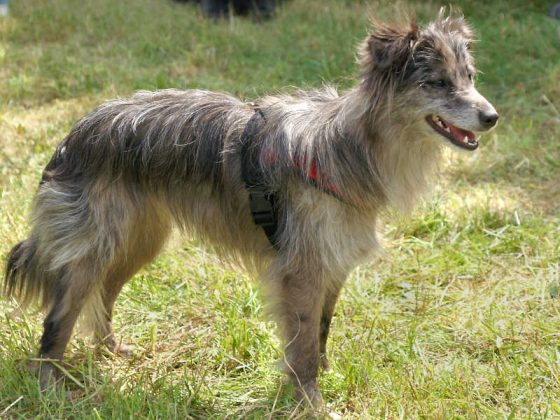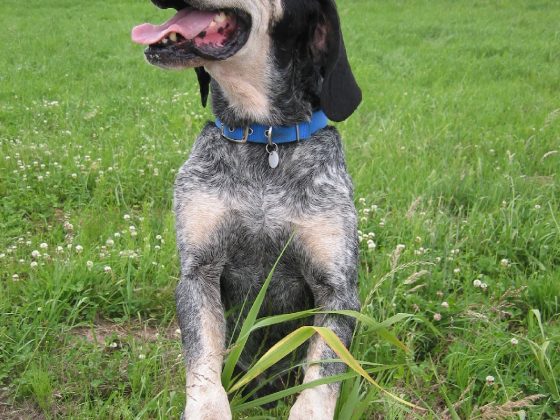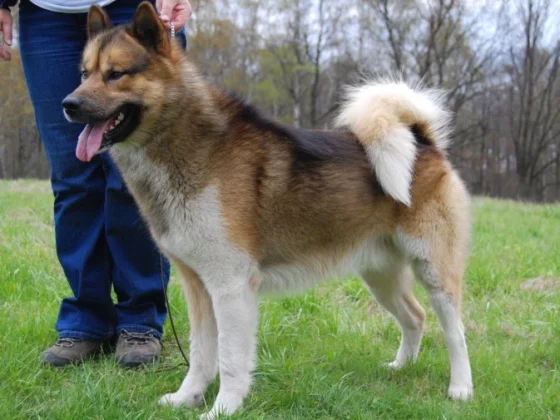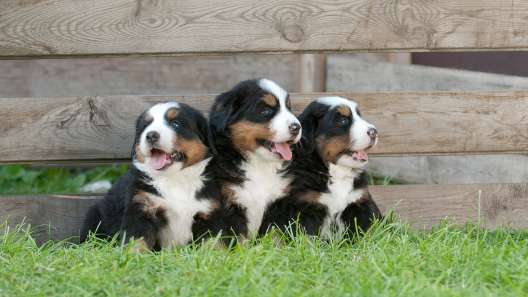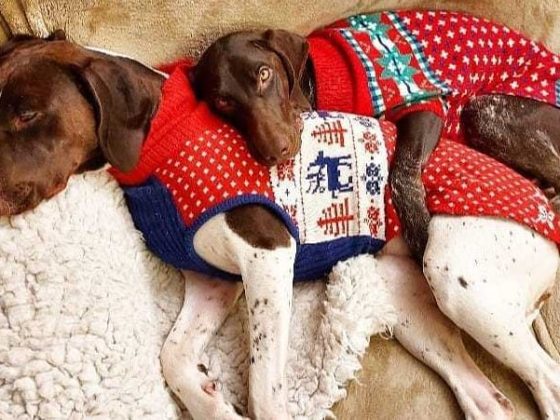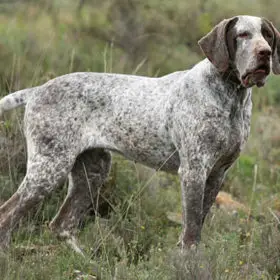The Petit Bleu De Gascogne, a hound breed developed for hunting smaller prey like rabbits and hares, is an exceptional scent tracker. It’s often used in hunting parties rather than working solo. It’s a smaller version of the Grand Bleu de Gascogne, with whom it shares striking similarities in both appearance and temperament. However, these dogs weren’t bred as replacements for their larger counterparts, but to complement them in hunting scenarios.
Origins and Background
The Petit Bleu De Gascogne was bred to meet the needs of French hunters who sought smaller dogs to hunt smaller game. Around the 16th century, the breed was established by selectively breeding the smallest Grand Bleu de Gascogne dogs. Over time, they gained popularity among rabbit hunters. However, due to their less versatile hunting capabilities compared to their larger relatives, their popularity was somewhat restricted.
Despite enduring two World Wars and the French Revolution, the breed survived, owing primarily to their rabbit hunting abilities. By the late 18th century, they had found their way to the U.S., where their numbers notably increased. Subsequently, demand for these dogs grew beyond their native France, even surpassing the Grand Bleu de Gascogne in popularity. Today, they’re well-known in France but are considered a rare breed elsewhere.
Behavioral Characteristics of Petit Bleu De Gascogne
The Petit Bleu De Gascogne is known for its calm, obedient, friendly, loyal, and affectionate nature. They’re expressive dogs that don’t shy away from showing their feelings. Their temperament is well-suited to both fieldwork and home environments, making them excellent companions.
Being a scent hound, they require regular tasks to keep them engaged. Otherwise, they may resort to finding their own tasks, which could lead to destructive behavior. At home, they’re easygoing dogs who enjoy being around their family, often seeking attention and affection. If neglected or left alone for long periods, they can experience separation anxiety, frustration, and loneliness. Although they’re friendly with strangers, their intimidating bark can alert homeowners to potential threats.
Trainability
Petit Bleu De Gascogne dogs, while intelligent, can be somewhat challenging to train due to their strong-willed nature. They need an experienced, firm, and consistent trainer who uses positive reinforcement methods. Similar to their larger relatives, these dogs are not fast hunters, but they’re determined and motivated. They’re quick to learn commands and tasks, so early training and socialization are crucial. Scent-based training and games can assist in their mental and physical development. Given proper training, they can be great companions for walks and runs.
Child-Friendliness
Petit Bleu De Gascogne dogs are friendly and patient with children, enjoying their company and playtime. However, early socialization and training are important to prevent potential issues. Supervision during playtime is suggested, along with teaching children appropriate behavior around dogs.
Health Concerns
– Hip and Elbow Dysplasia: This condition, often hereditary, is characterized by improperly formed joints. As the dog ages, the hip and elbow joints may degrade, causing pain and impaired mobility. Symptoms include difficulty walking or running and a “bunny hop” gait. If symptoms are observed, a veterinary examination is recommended.
– Ear Infection: Dogs with long ears, like the Petit Bleu De Gascogne, are more susceptible to ear infections. Outdoor activities and swimming can increase the risk, so it’s essential to keep their ears clean and dry. Symptoms include scratching the ears, head shaking, and whining.
Interesting Facts
– The term “Petit” translates to “small” in French, reflecting the breed’s use in hunting smaller game.
– This breed was recognized by the United Kennel Club in 1991 and by the Federation Cynologique Internationale in 1996.
Appearance
Colors: Black, White, Blue
Size:
– Height: Males stand 22-24 inches tall, while females reach 20-22 inches in height.
– Weight: Both males and females typically weigh between 40-48 lbs.


